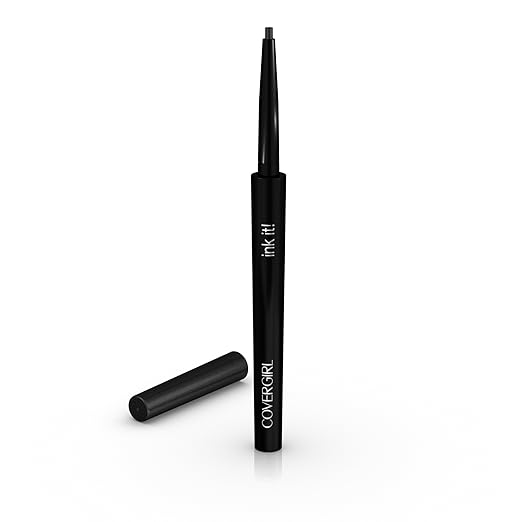The middle school math curriculum is loaded with real world problems that adults use daily in their jobs and lives. One example is unit cost comparisons. When we study rates, my students learn how to calculate the unit cost of an item and compare it to similar items by comparing the unit costs and deciding which item is the best deal and how much money they can save by purchasing the item with the lowest unit cost. Grocery stores offer helpful information to people hoping to save money when they shop. In order to help my students make mathematical connections to real world problems, I challenge them to find a price tag at the local grocery store showing the highest unit cost in the store. They are amazed to find that some items at the store cost well over $1,000 per lb. I make it a contest and ask the students to take a picture of the item and its accompanying price and unit cost sticker as displayed at the store and send it to me. I thought no one would ever find an item with a higher unit cost than saffron at $11,354.67 per lb.


However, this year a student found an item in the cosmetics aisle with a higher unit cost!
Cover Girl Ink It By Perfect Point Plus Eyeliner
I also like to do a Unit Cost Carnival in class where students bring in two items and set up a "booth" with the items displayed and information about the cost and weight of the items. Students circulate around the classroom and at each booth they calculate the unit cost of the two (or more) items and use that information to figure out which item is a better deal.




